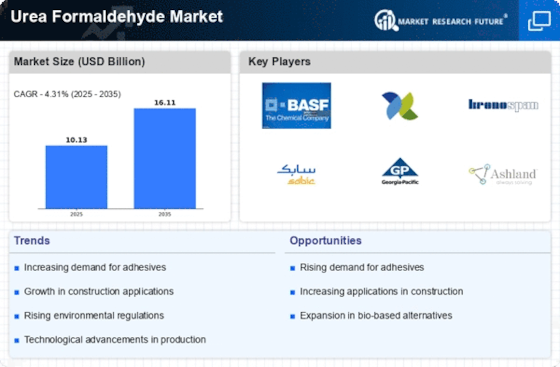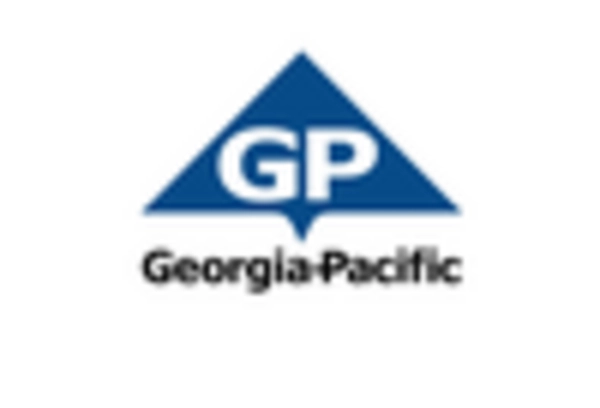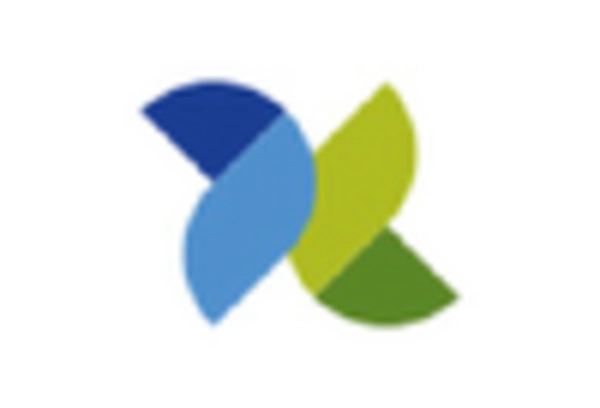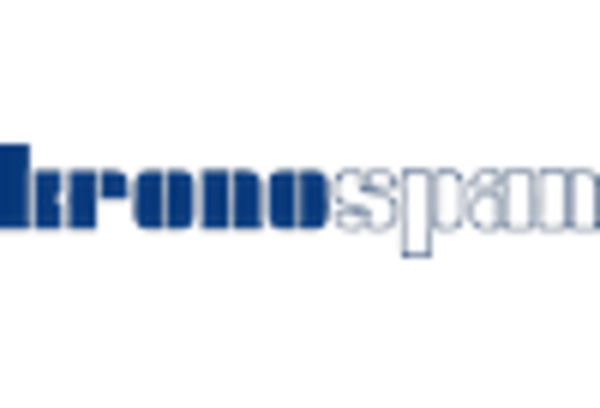Expanding Furniture Manufacturing
The Urea Formaldehyde Market is significantly influenced by the expanding furniture manufacturing sector. Urea formaldehyde is a key ingredient in the production of particleboard and medium-density fiberboard, which are widely used in furniture production. As consumer preferences shift towards affordable and stylish furniture options, the demand for these engineered wood products is on the rise. Market data suggests that the furniture manufacturing industry is expected to grow at a rate of approximately 6% annually, which will likely bolster the demand for urea formaldehyde resins. This growth presents opportunities for manufacturers in the Urea Formaldehyde Market to enhance their product lines and explore new market segments.
Growth in Automotive Applications
The Urea Formaldehyde Market is witnessing a significant expansion due to its increasing applications in the automotive sector. Urea formaldehyde resins are utilized in the production of various automotive components, including interior parts and insulation materials. The automotive industry is evolving, with a growing emphasis on lightweight materials to improve fuel efficiency and reduce emissions. As a result, the demand for urea formaldehyde-based products is expected to rise, with market analysts projecting a growth rate of around 4% in automotive applications over the next few years. This trend indicates that companies within the Urea Formaldehyde Market may need to innovate and adapt their product offerings to cater to the specific needs of automotive manufacturers.
Increased Focus on Energy Efficiency
The Urea Formaldehyde Market is benefiting from a heightened focus on energy efficiency in various sectors. Urea formaldehyde-based products are known for their thermal insulation properties, making them ideal for energy-efficient building materials. As governments and organizations worldwide implement stricter energy efficiency regulations, the demand for insulation materials that utilize urea formaldehyde is expected to rise. This trend is likely to drive innovation within the Urea Formaldehyde Market, as manufacturers seek to develop products that meet evolving regulatory standards while also appealing to environmentally conscious consumers. The potential for growth in this area suggests a promising future for urea formaldehyde applications.
Rising Demand in Construction Sector
The Urea Formaldehyde Market is experiencing a notable surge in demand, particularly driven by the construction sector. Urea formaldehyde is extensively utilized in the production of adhesives, laminates, and insulation materials, which are essential for modern construction projects. As urbanization accelerates, the need for durable and cost-effective building materials increases. Reports indicate that the construction industry is projected to grow at a compound annual growth rate of approximately 5% over the next few years, further propelling the demand for urea formaldehyde-based products. This trend suggests that manufacturers in the Urea Formaldehyde Market may need to scale up production capacities to meet the anticipated rise in consumption, thereby enhancing their market presence.
Technological Innovations in Production
The Urea Formaldehyde Market is poised for growth due to ongoing technological innovations in production processes. Advances in manufacturing techniques are enabling the production of urea formaldehyde resins with improved properties, such as enhanced durability and lower emissions. These innovations not only meet the increasing demand for high-performance materials but also align with environmental regulations. As manufacturers adopt more efficient production methods, the overall cost of urea formaldehyde products may decrease, making them more competitive in various applications. This trend indicates that the Urea Formaldehyde Market could experience a shift towards more sustainable practices, potentially attracting new customers and expanding market reach.


















Leave a Comment